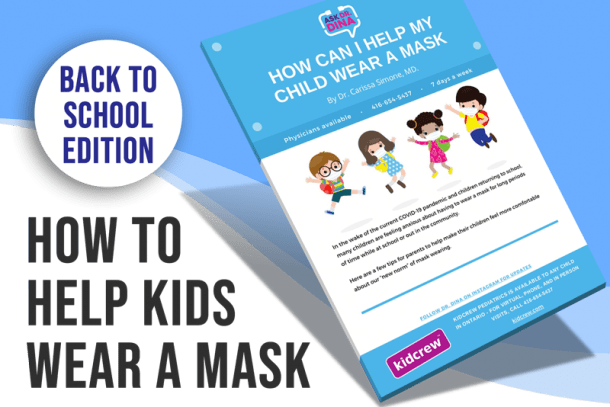Sleep Techniques For Dropping Daytime Naps: Is Your Child Ready?
If you have a little one starting nursery school or kindergarten in the fall and they are still taking afternoon daytime naps, you’re probably wondering how you’re going to make the transition from one nap to no nap as easy as possible. Maybe your child isn’t starting school yet, but they are starting to resist their afternoon nap. Maybe your child is having trouble staying asleep at nap or night time. Are they ready to make the transition?
Signs to Transition from One Nap to No Nap
90% of children are still napping in the afternoon at age 3. By age 4, about 50% of children are still having daytime naps at least 5 days a week. Rather than going on age, there are some good signs that your child is ready to transition out of their afternoon nap:
- Your child is consistently having trouble falling asleep or doesn’t sleep at nap time
- Your child is consistently showing no signs of tiredness when he misses a nap
- Your child is consistently having trouble falling asleep at bedtime when they have had a nap that day
The key word here is consistently. Sometimes children will show these signs for a few days at a time, but then nap well on the other days.
The key word here is consistently. Sometimes children will show these signs for a few days at a time, but then nap well on the other days. This could mean that your child is going through a developmental milestone, rather than being ready to permanently drop the afternoon nap. Obviously if your child is starting daycare or school and doesn’t have the option to nap, it’s time to make the transition.
One effective strategy is to continue giving them quiet time in their room.
How to Make the Transition to No Daytime Naps
If your child is showing signs of being ready to transition to no nap, or you need to make the transition because your child is starting school, you can help make the transition as easy as possible without your child becoming overtired. One effective strategy is to continue giving them quiet time in their room. This will give them a chance to learn how to play independently, which is a skill they’ll use at school when working quietly on their own. Enforcing quiet time also gives them the opportunity to fall asleep if they need it. On days when your child doesn’t nap, give them a slightly earlier bedtime to help keep them well rested and have healthy sleep. It’s difficult to go from napping 1 to 3 hours a day to suddenly not napping at all. You may also choose to give them a nap or let them sleep in on the weekend when they are at home.
If you notice that your child is easily frustrated or more irritable towards to the end of the day, move bedtime earlier to help them get the rest they need.
After a full day without napping, your child will most likely be very tired and will either need some down time or an earlier bedtime. If you notice that your child is easily frustrated or more irritable towards to the end of the day, move bedtime earlier to help them get the rest they need. If you keep your child well rested, studies show that they will be more attentive at school, have better retention, have an easier time solving problems and will be less hyperactive. They will also be less likely to catch those colds that get passed around the class!
See all my Sleep Articles Here.
Sources:
1. Weissbluth, Marc, M.D. (2003). Healthy Sleep Habits, Happy Child. New York: Ballantine Books.
2. Ferber, Richard, M.D. (2006). Solve Your Child’s Sleep Problems. New York: Fireside.
3. Mindell, Jodi A, Ph.D. (2005). Sleeping Through the Night. New York: Harper.

Jenn Kelner is a mother of three children, including twins, and a Certified Pediatric Sleep Consultant at BabyZzz. Just as every family is unique, Jenn supports many different sleep methods and works directly with families to design a solution that will help them become well-rested, happy families.














